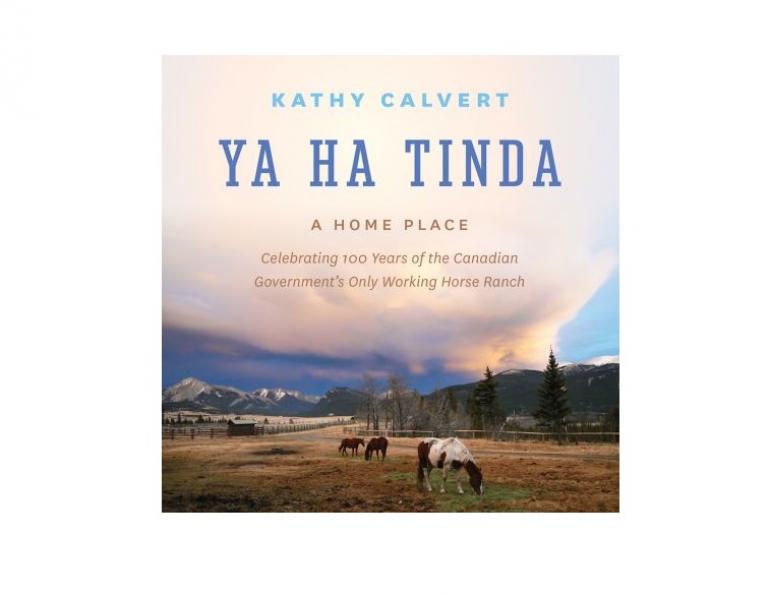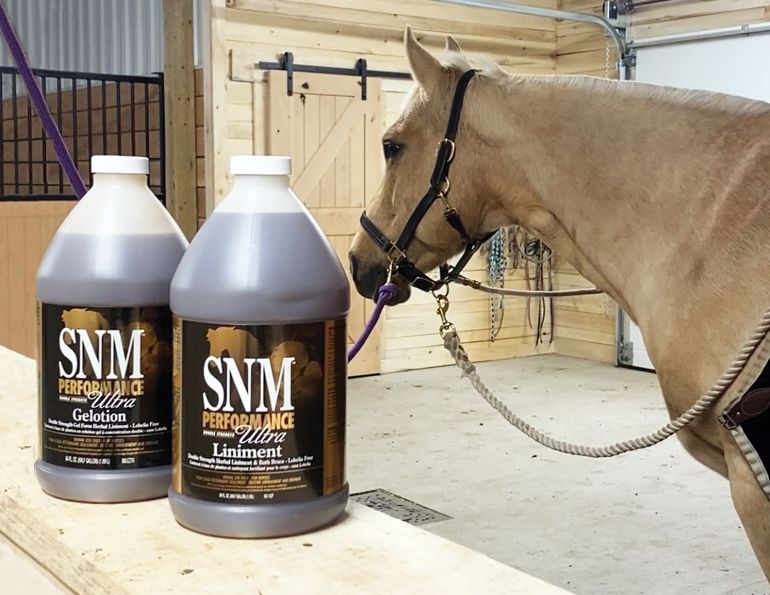Celebrating 100 Years of the Canadian Government’s Only Working Horse Ranch
By Kathy Calvert
Rocky Mountain Books, 2017; Non-fiction; ISBN 9781771602280; 192 pages; Hardcover, Kindle
Reviewed by Tania Millen
“Anyone who visits Ya Ha Tinda and experiences first-hand the unique beauty of these grasslands, embraced by the sheltering mountains and green rolling hills, knows why people have been drawn here over the centuries,” writes Kathy Calvert.
To nomadic Stoney First Nations, the Ya Ha Tinda or “mountain prairie,” was a stunning source of bison and mild winter weather. For Canada’s Rocky Mountain park wardens, Ya Ha Tinda ranch was the heart and soul of the warden operation, and it remains the country’s only government-owned working horse ranch – one where horses and wardens are trained to pack through the mountain parks and where park warden horses overwinter.
Ya Ha Tinda’s story is a quintessentially Canadian one, with the ranch’s 100th birthday coinciding with Canada’s 150th anniversary in 2017.
As a lifetime resident of Canada’s Rockies and one of our country’s first female national park wardens, Kathy Calvert is well suited to tell the 100-year-strong story of the ranch, it’s geography, and people. Fluently weaving historical facts with character-filled tales, Calvert leads readers through a century of fascinating horse-ridden Canadian history about a place that is revered by many.
Calvert explains that the Stoney First Nations travelled the Ya Ha Tinda until 1885, when Rocky Mountains National Park (now Banff National Park [BNP]) was created. In the early 1900s, when BNP boundaries expanded and Alberta became a province, Calvert states, “Thus began the seesaw struggles of the Ya Ha Tinda to remain a federal government ranch, as the province and federal government began their 100-year battle over control of this remote area.”
She continues, “…the written history of the Ya Ha Tinda Ranch begins with the Brewsters… one of early Western Canada’s most famous entrepreneurial families.” Calvert subsequently reveals the colourful story of Brewster’s wild horse roundup in 1917 when their lease was cancelled and the federal government recreated Ya Ha Tinda into a working ranch for the warden service. She explains, “Once the transfer of the Ya Ha Tinda from Brewsters to Rocky Mountains National Park was accomplished, the work of establishing the ranch as a wintering and training ground for park horses began.”
Calvert provides thoughtful commentary and entertaining tales from the ranch’s uncertain 1940s future through 2000-era challenges, including dissolution of Ya Ha Tinda’s horse breeding program in favour of buying youngsters, disbandment of the warden service as an entity in 2008, and dramatic job slashes in 2012. She then details the ranch’s 2017 status, writing, “…Ya Ha Tinda is currently one of the centres of operation for the [Banff bison reintroduction] project,” and explains how ranch staff hope the bison project’s need for horse-savvy wardens will encourage the ranch’s longevity.
Ultimately, Calvert says that “…for those who have called Ya Ha Tinda home… it’s a Shangri-La of the heart.”
A revelatory must-read, Calvert’s beautifully designed photo-packed book is an important tribute to those who have adamantly ensured that Ya Ha Tinda remains a federally-owned horse ranch for the past 100 years, and provides hope for its future.




























